Need-to-knows about this odd-sounding virus

Strange pearly, wart-like bumps. And combine that with a disease name that sounds like some underwater adventure gone awry.
Cleveland Clinic is a non-profit academic medical center. Advertising on our site helps support our mission. We do not endorse non-Cleveland Clinic products or services. Policy
A parent’s first reaction? It’s likely panic. But pediatric dermatologist Cheryl Bayart, MD, says it’s not necessary. Molluscum contagiosum is pretty much a childhood rite of passage. (Sorry, squeamish moms and dads!) Here, Dr. Bayart fields questions about this common skin rash.
A: Molluscum contagiosum is a highly contagious virus in the pox family that’s really common. But a lot of parents don’t talk about it. (Think about it, who really wants those bragging rights?)
It’s all around us in the environment, so almost everyone gets exposed to it at some point. (Fun fact: If you tested everyone, nearly 80 percent of the population would have antibodies against it).
A: Molluscum spreads from person-to-person, a little like the wart virus. If there’s any little open area of skin, it invades and infects it. The result? In some people, it’s those pink bumps ― the molluscum. Others (lucky genetics and immune systems!) are exposed and don’t get bumps. Or they get one and it’s so tiny that they don’t even realize.
The virus thrives on wet surfaces. So it’s easily picked up from gym mats, towels and swimming pool surfaces.
A: They’re not too scary. They’re actually harmless. They are skin-limited (that means they can’t spread to other parts of the body). They can’t infect the eyes or the lungs, even in people who have an abnormal immune system.
What happens is the molluscum virus just hangs out in your skin. It evades your immune system’s recognition since it’s only in your skin’s top layer, or epidermis. At some point, your immune system catches on that it’s there and gets rid of the bumps. When that happens, you’re immune. You never get them again.
A: It’s contagious as long as the child still has the molluscum.
If you look at the bumps, they’re usually pink, domed-shaped. And sometimes if you look up close, they’re what you call umbilicated (meaning they look like they have a little belly button in the middle). That’s the core of viral particles, or the contagious part of the molluscum.
Once the body’s immune system kicks in and there’s crusting or a little scabby spot, that particular molluscum isn’t contagious anymore.
If your child has been exposed to molluscum contagiosum, it will take two to seven weeks to know if they’ll develop the molluscum.
A: Yes. Children who have molluscum contagiosum shouldn’t have their activities limited. They can interact with children normally. Why? The virus is all around us. It’s kind of like how chickenpox used to be before we have the vaccine. Everybody got it. And then it goes away.
It can last for years, so it would be ridiculous to keep a child out of school when it’s totally harmless.
I don’t think there’s any purpose in avoiding exposure since everyone’s going to get exposed at some point. There’s really no need to make your kid wear long sleeves, or not bathe your small kids with their siblings.
A: My favorite treatment for molluscum is nothing. Usually, kids aren’t bothered by it ― but most of the treatments are bothersome.
That said, there are several reasons (besides not knowing what the heck they are) why you might seek out help:
They get red and crusty. As the body tries to get rid of them, they can look like a pimple or an abscess (but they’re not). It’s just all of the immune cells since the body’s fighting it. Believe it or not, it’s actually a very good sign. I call it the ‘BOTE’ sign ― the ‘beginning of the end’. So, while it may look scary, it’s not an infection and doesn’t need antibiotics.
There’s an itchy rash around them. This reaction happens most often in kids with eczema and a topical treatment to soothe it may be needed.
Your child is self-conscious. Molluscum is most common in younger kids (preschool to early elementary), but older kids or teens can also get it and may worry about the perceived social stigma.
Typically, it’s the parent who’s motivated to seek treatment.
There are topical treatments and destructive treatments (like freezing or scraping them off, which may or may not increase the risk of scarring). There’s also some evidence that oral medications and supplements ― like the over-the-counter antacid cimetidine (Tagamet HB) and zinc ― may help the immune system fight the virus.
However, none of these treatments (though studied) are FDA-approved for molluscum. And none are wonderfully effective.
A: It does leave little pock-like scars in kids. But since they’re not seen in adults, it’s likely that they go away with time as the skin stretches and grows. It’s typically not permanent.
A: Yes, you can imagine that’s frustrating. Yet a lot of folks have them and they never see a dermatologist. They never bring it to the attention of their doctor because they just go away.
A: No, the vast majority of people who get it don’t have weakened immune systems. And in everyone, they do go away.
A: Typically, this is a virus we see in children. It’s so common that it’s considered a childhood rite of passage.
But in adults, it can be transmitted sexually and people with HIV/AIDS have trouble getting rid of the virus.
If a child does have the molluscum in the private areas, it isn’t a sign of sexual abuse. It’s just spreading from one area to another.
Learn more about our editorial process.
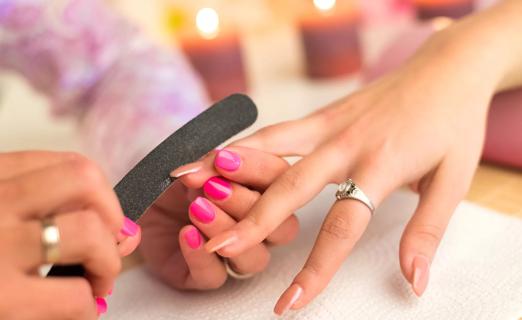
Before your next manicure, weigh the reward against the risk of infection, irritated skin and damaged nails

Safety, hygiene and technician training are among the biggest benefits of a ‘medi pedi’
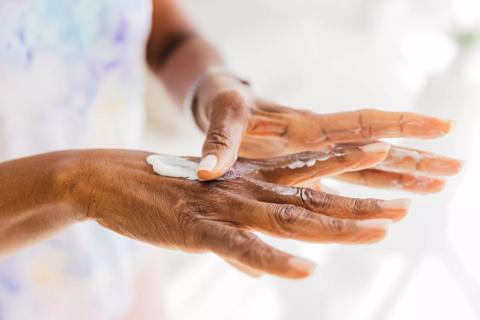
To help keep your mitts feeling and looking their best, moisturize, exfoliate, wear sunscreen and eat a healthy diet

Go ahead and get goopy to help boost hydration and repair damaged skin
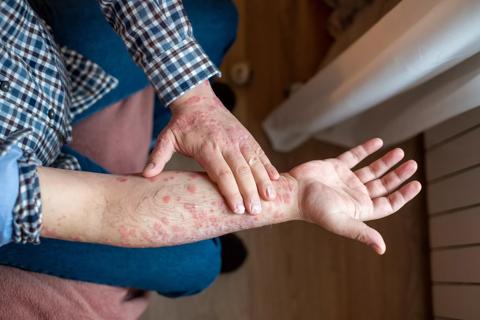
The common skin condition isn’t contagious, but it can pop up anywhere on your body during a flare
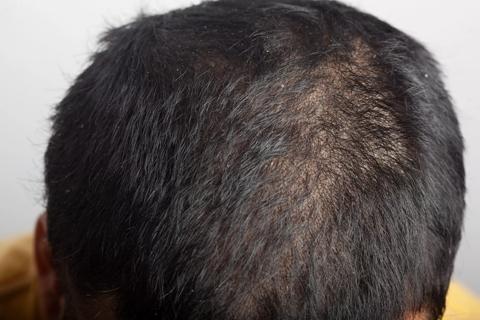
Calm an itchy scalp by using medicated shampoo, avoiding blow-drying and resisting the urge to scratch
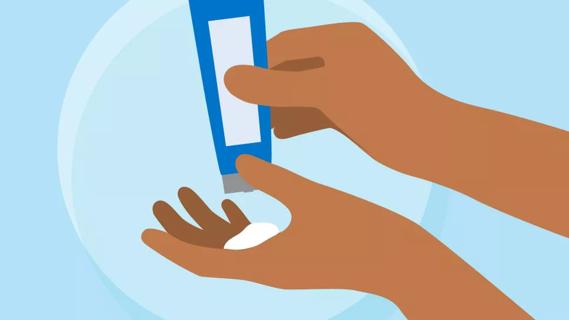
Caused by inflammation, psoriasis itch can be managed with a variety of treatments, like moisturizing and taking cooler and shorter showers

Stress, infections, skin injuries and environmental factors can trigger an onset of psoriasis symptoms

Your metabolism may torch 1,300 to 2,000 calories daily with no activity

A gentle touch in all the right places may help drain your sinuses